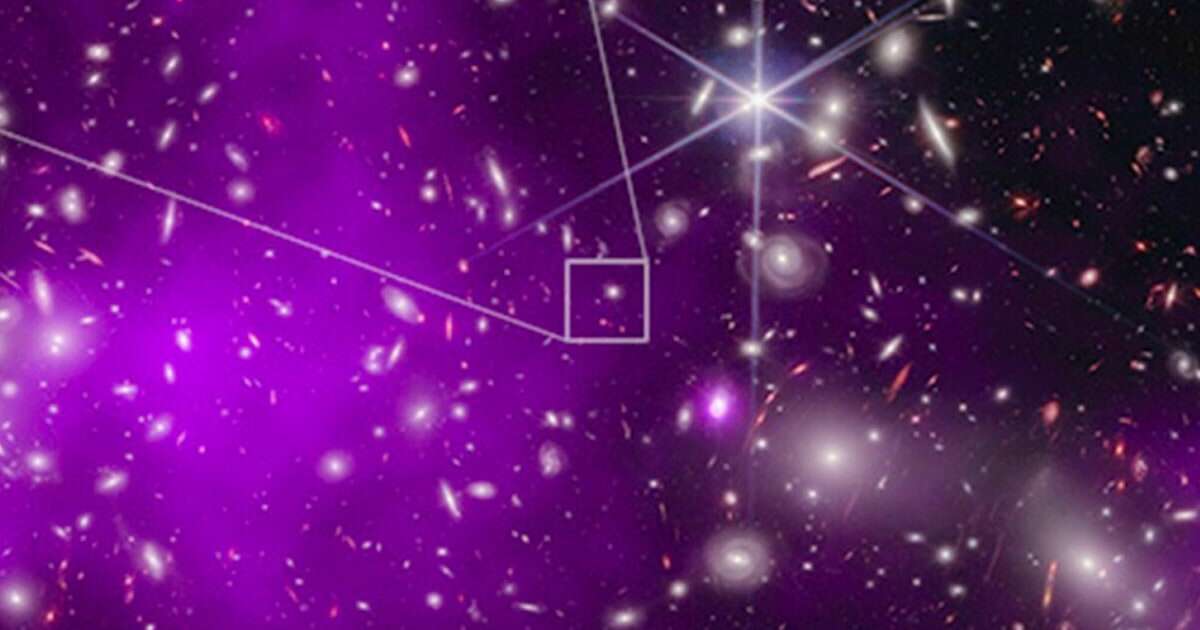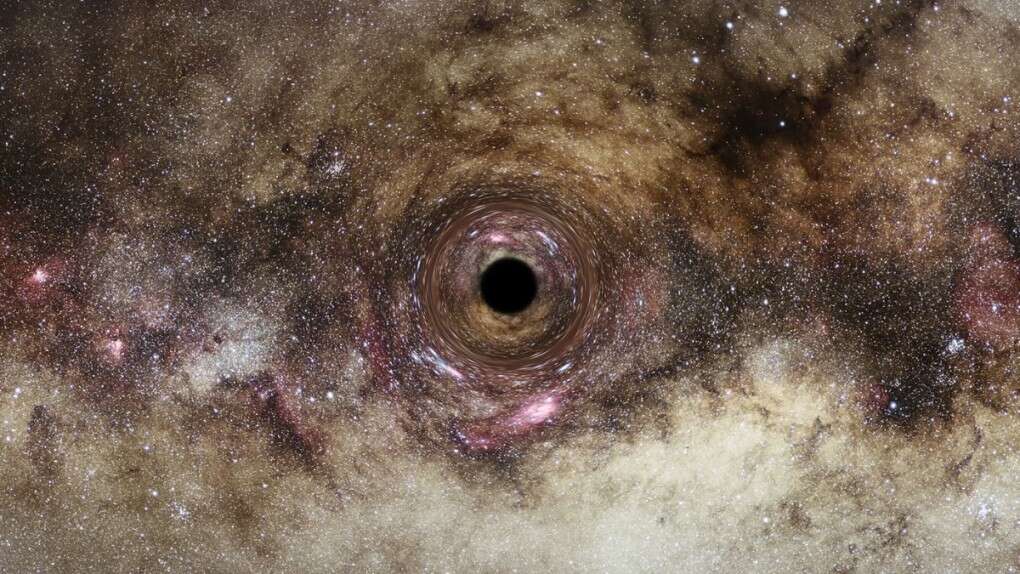Ancient Black Hole Discovered 470 Million Years After Big Bang
Ancient black hole discovered 470 million years after Big Bang as researchers unveiled the discovery, a celestial behemoth. This revelation, documented on Monday, substantiates previous conjectures suggesting the existence of supermassive black holes in the nascent stages of the universe.
Author:Rhyley CarneyReviewer:Paula M. GrahamNov 08, 202316.3K Shares247.7K Views

Ancient black hole discovered 470 million years after Big Bangas researchers unveiled the discovery, a celestial behemoth. This revelation, documented on Monday, substantiates previous conjectures suggesting the existence of supermassive black holes in the nascent stages of the universe.
The NASA James Webb Space Telescope and the Chandra X-Ray Observatory cooperatively conducted these observations over the course of the past year. Considering that the universe is approximately 13.7 billion years old, this black hole's age is estimated at 13.2 billion years. What's even more astonishing to the scientific community is that this black hole is a true giant, dwarfing the black hole in our own Milky Way by a factor of 10.
According to the lead author, Akos Bogdan from the Harvard-Smithsonian Center for Astrophysics, this black hole is believed to have a mass ranging from 10% to 100% of the combined mass of all the stars in its galaxy. This stands in stark contrast to the minuscule proportion of black holes in our Milky Way and neighboring galaxies, estimated to be only around 0.1%, as noted by Bogdan.
"It's just really early on in the universe to be such a behemoth," said Yale University’s Priyamvada Natarajan, who took part in the study published in the journal Nature Astronomy. A companion article appeared in the Astrophysical Journal Letters. "It's astounding how this thing actually is sitting in place already with its galaxy so early on in the universe."
The scientists hypothesize that this black hole originated from immense gas clouds that underwent a collapse within a neighboring galaxy, distinct from the one containing stars. Subsequently, the two galaxies merged, and the black hole assumed control.
The confirmation of this black hole's nature as unequivocally a black hole comes from Chandra's detection of it through X-rays. As per Natarajan, the presence of X-rays provides definitive evidence since they capture the gas being drawn into the black hole by gravity, accelerating it and causing it to emit X-ray radiation.
This particular black hole is classified as a quasar because it is in an active growth phase, and the gas around it emits an intensely bright glow, as explained by Natarajan. Scientists suggest that the James Webb Space Telescope may have potentially located a black hole that is 29 million years older, though it awaits confirmation through X-ray observations. Natarajan anticipates the discovery of more ancient black holes in the future, possibly not as distant but still remarkably far from us.
“„We are expecting a new window to open in the universe, and I think this is the first crack.- Priyamvada Natarajan
The Webb and Chandra space telescopes employed a method known as gravitational lensing to amplify the area of space housing the galaxy UHZ1 and its black hole. This technique harnessed the light from a significantly closer cluster of galaxies, located just 3.2 billion light-years away from Earth, to enhance the visibility of UHZ1 and its black hole situated much farther in the background.
"It's a pretty faint object, and thanks to like luck, nature has magnified it for us," Natarajan said.
Conclusion
Launched in 2021 and positioned 1 million miles (1.6 million kilometers) away from Earth, the James Webb Space Telescope is the largest and most formidable astronomical observatory ever dispatched into space. It surveys the universe in the infrared spectrum. In contrast, the considerably older Chandra possesses X-ray vision and was launched into orbit in 1999.
"I absolutely find it amazing that Chandra can do such amazing discoveries 24 years after its launch," Bogdan said.
Jump to

Rhyley Carney
Author

Paula M. Graham
Reviewer
Latest Articles
Popular Articles
